Turns 15 Capacity 40,000 | Length 3.800 km (2.361 mi) Length 3.721 km (2.312 mi) Major event Formula One | |
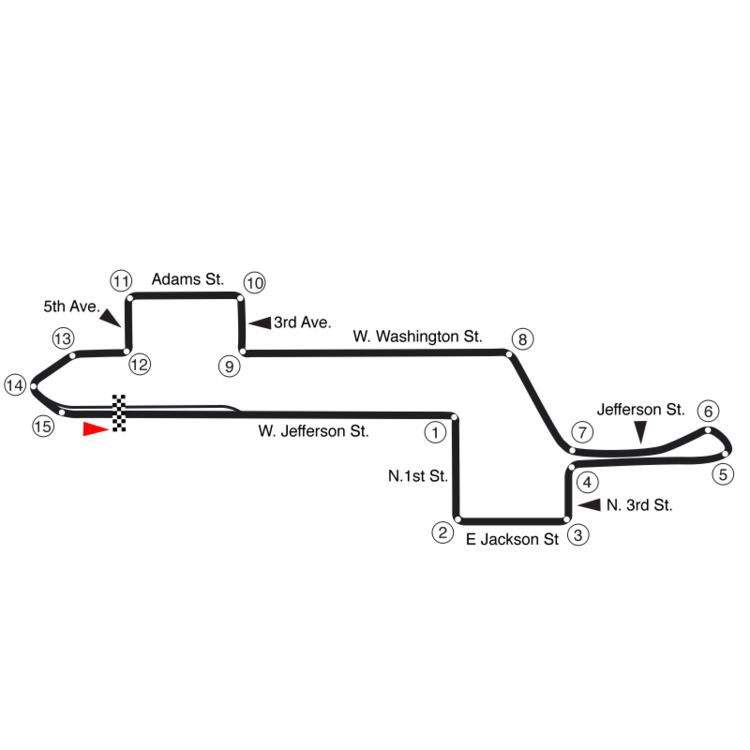 | ||
Lap record | ||
Rfactor f1 1990 tyrrell 019 phoenix street circuit 1 23 719
The Formula One United States Grand Prix was held on the Phoenix street circuit in Phoenix, Arizona, between 1989 and 1991. It was held in downtown by the Phoenix Civic Plaza and the America West Arena, prior to the introduction of the state's baseball stadium, Bank One Ballpark. The United States Grand Prix lasted in Phoenix for three years, but was inexplicably dropped by Formula One management. There were no further Formula One races in the US until the Indianapolis Motor Speedway first held a Grand Prix in 2000.
Contents
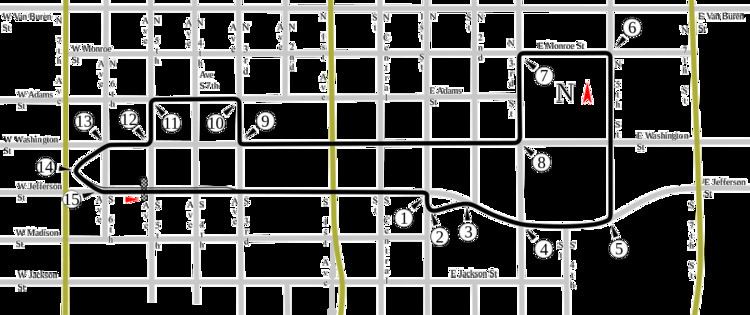
Summary
The City of Phoenix wanted to promote itself globally and was looking for ideas from local business leaders. In 1987 local businessman Howard Pynn suggested bringing Formula One racing to Phoenix. City officials liked the idea and created the "Phoenix Grand Prix Committee" headed by Howard Pynn and former Long Beach Grand Prix promoter Chris Pook. Chris Pook approached Bernie Ecclestone, then vice president of the Formula One Group, during the 1987 Detroit Grand Prix and pitched the proposal. Bernie Ecclestone liked the idea but said that he was locked in contract with the city of Detroit until 1991. However, in October 1988, Detroit refused to invest money into improving Grand Prix facilities demanded by Ecclestone and decided to run an Indy car event instead of Formula 1 in 1989. On January 13, 1989, the Phoenix City Council headed by mayor Terry Goddard agreed to stage an annual Formula 1 race on a five-year contract. Phoenix City Council also voted to spend $9 million of taxpayers' money on race circuit infrastructure over the 5 years. It was well known to organizers that Phoenix can be very hot during summer, but nonetheless, Phoenix inherited the Detroit race's scheduled slot of June 4, 1989. The city had only 4 months to finish the 2.36 mile long circuit. This required fencing off and repaving the road surface, as well as building grandstands, garages for the pit crew, and other infrastructure. The project was so massive that local media joked that the city looked as if it was preparing for a Soviet invasion.
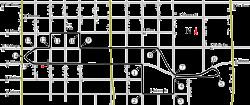
In the inaugural race in 1989, Ayrton Senna took the pole in his McLaren-Honda but suffered an electronic failure a little over halfway through the race. The heat of the Phoenix desert was hard on teams and drivers, and only 6 of 26 cars finished. Alain Prost, Senna's teammate, won the race ahead of Riccardo Patrese and Phoenix native Eddie Cheever.

In an attempt to beat the scorching heat, the event date was changed to become the season opener the next year. It was held on March 11, 1990. Senna won. Jean Alesi finished 2nd.
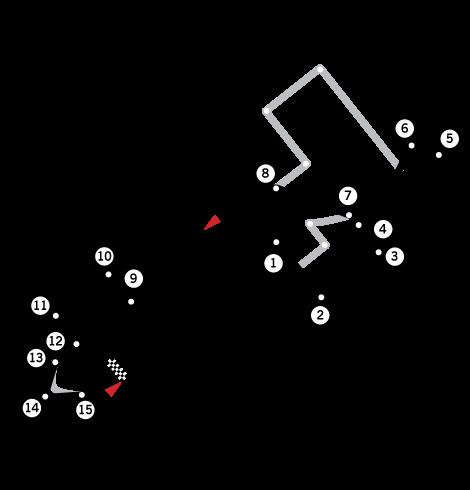
The last United States Grand Prix held in Phoenix was on March 10, 1991, with Senna again claiming victory. Again reliability was a factor, with only nine cars still running at the end of the race. For a second straight season both Tyrrells finished in the points; Stefano Modena, who had replaced the Ferrari-bound Alesi, in fourth heading Nakajima in fifth.
Cancellation
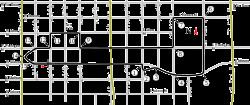
On August 22, 1991, Bernie Ecclestone faxed a message to the City of Phoenix indicating that the Formula 1 race would be held there on March 15, 1992. On September 21, 1991, the City of Phoenix hired Buddy Jobe, the owner of Phoenix International Raceway to be consultant for the city for the next event. On October 7, 1991, Ecclestone called the City of Phoenix from his London office to say that a Formula 1 race would not be returning to Phoenix; giving no explanation. Phoenix City Manager David Garcia said that Ecclestone agreed to pay the city $1.2 million for cancellation of the contract and that the reason for cancellation may have been a desire to add a South African Grand Prix since apartheid had ended.
